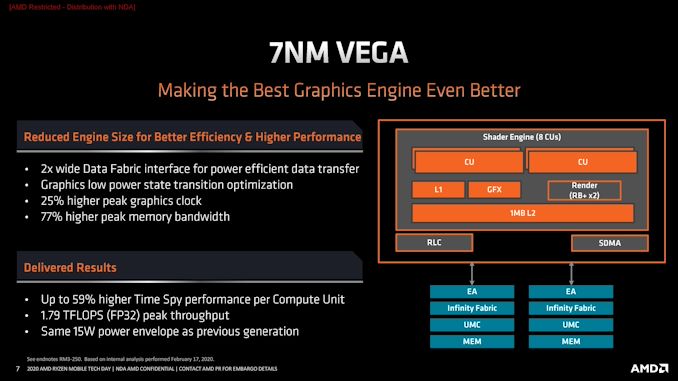Originally posted by Jumbotron
View Post
Originally posted by Jumbotron
View Post
Originally posted by Jumbotron
View Post
Originally posted by Jumbotron
View Post
I can even see scenarios where server CPU packages could end up with fewer pins.
Originally posted by Jumbotron
View Post
Originally posted by Jumbotron
View Post
Originally posted by Jumbotron
View Post
Originally posted by Jumbotron
View Post
Originally posted by Jumbotron
View Post
Ask AI researchers and they will tell you that if you need to do lots of training of models that can fit on a few PC GPUs, then it's still much more cost-effective to buy your own than use GPUs in the cloud.
Originally posted by Jumbotron
View Post
Originally posted by Jumbotron
View Post
Conversely, my land-based internet connection is fast and stable.
I think I get your main issue, though. You see trends and overestimate their speed and sweep. That's why you think desktops, consoles, and land-based internet will soon cease to exist, and why you think ARM already dominates everything. The problem is that you ignore everything that doesn't fit your nice narrative, like Chinese SoCs and GPUs. Also, I'd worry you'd switch sides, in a war where your side suffered a few early losses.
I think it's much more interesting to try and pierce through the hype, than to get swept up in it. To me, what makes trends interesting is to not only to think about their implications, but also where and why they could break down. I used to think ARM would be way more dominant than it is, by now. I think there are lessons in that, if one is willing to look beneath the surface.




Comment